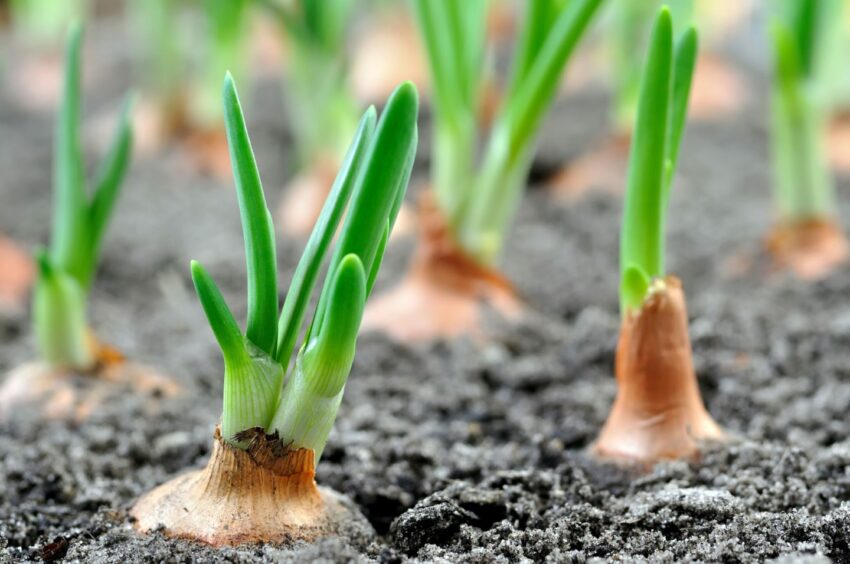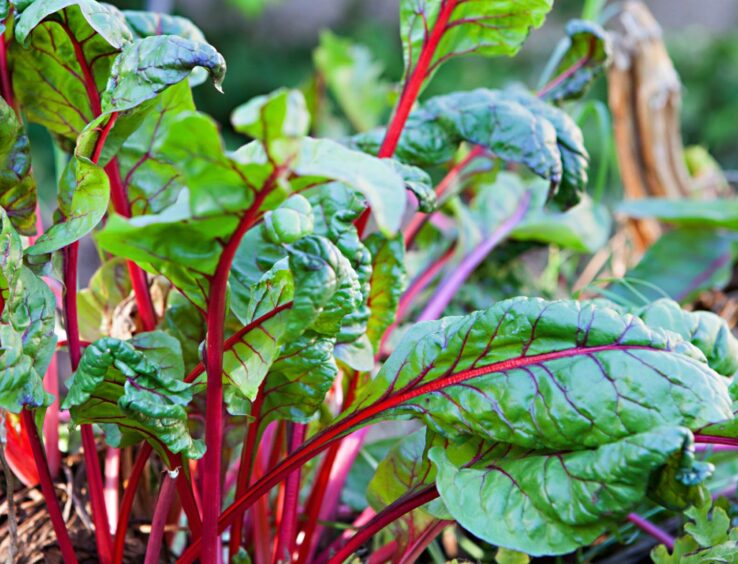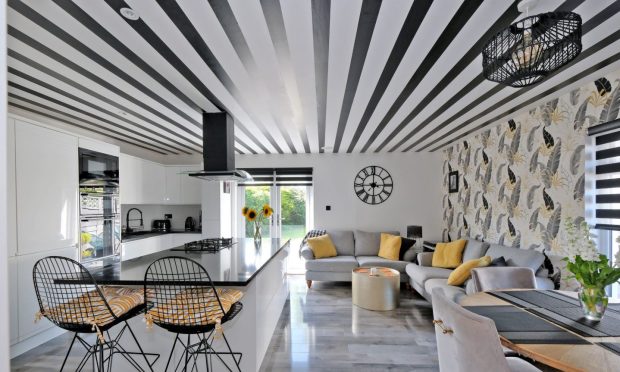I do enjoy a good, gardening magazine to keep me up to date with the latest green-fingered news.
At one point I was getting far too many though, coming through the letter box on a weekly and monthly basis.
I was never able to keep up with them all before the next editions came out so as much as I enjoyed them. Now I’m just limiting myself to the two.
Which mag gives the best advice?
I’m a member of the Royal Horticultural Society and so receive their monthly magazine.
For me the RHS give the best practical advice which set the horticultural standards for us.
Although I do wish they had more of a presence and did more relevant for us gardeners up in Scotland.
The other magazine I like to get is Gardens Illustrated which focuses more on design taking a look inside folks gardens all around the world.
It’s a great opportunity to see how the other half garden throughout the seasons.
A look at all the different styles and the plants that are being used to make them, that I then long to get my hands on so to create my own.
What about social media?
Social media also plays its part in the way we receive our gardening information these days.
Facebook, Twitter, Instagram and all the communities within them are a great way for us gardeners to get and share information with each other.
I do like the way either a picture or headline can instantly grab your attention just like it did with me the other day.
Apparently, “variegated plants are the ‘marmite’ plants in the gardening world”.
Wow! Are they?
The prominent gardeners interviewed then go on to describe them as, “terrible” and “what’s their purpose in life?”
Such harsh words.
Up until now I didn’t even realise this was such an issue in the gardening world which I guess shows what side of the spread I like.
Why I started to panic in the garden!
I’ve certainly never had any problems with variegated foliage plants so I thought I would nip out to my garden to show those that I grow some love and make them feel better.
Unfortunately there was one problem, I looked and I looked.
But it didn’t matter how many times I went round my garden I just couldn’t find any.
I started panicking.
Does this mean I also have a problem with them without me even realising it?
Now, I know I don’t, I know I can look and admire variegated plants with leaves of green and gold or green and white but maybe there is an issue that stops them being a first pick for me when I see them on a garden centre shelf.
I guess they are quite garish with a bit of thought required on their placement so not making them such an impulse buy.
Why is variegation despised?
One of the reasons variegation is despised is as if overused in a border, the effect can become overwhelming or simply too busy.
Whereas just a single shrub or block can be enough to liven up a planting scheme, break up a what could be a monotonous bank of the colour green or really bring it to life if next to a colour that compliments such as purple.
After having had a look at my own garden I now feel there a few spots where such a liven up could be had, so headed out to mend the error of my ways.
A shrub that first springs to mind is Weigela florida ‘Variegata’.
With a height and spread both of 2m this could be the one plant which is all that’s needed to shake up your garden, the size meaning it will stand out from all corners.
This is a genius of plants which I see as pretty reliable, likes a bit of moisture in the soil it grows enjoying full sun.
The prolific rose-pink, funnel-shaped flowers compliment well with the cream and green leaves.
I also recall working on this shrub with Carole during one of my stints up in Beechgrove Garden.
What to do if shoots are found
Variegated plants can sometimes revert back to their original green colour in a process called ‘reversion’.
If you find any such shoots this isn’t something to be excited about and should cut them off completely before they take over and dominate the plant.
This could be a sign that your variegated plant isn’t getting enough sunlight which some need to maintain their variegation and vigour.
Hosta, Ivy, Eleagnus, Euonymous, Daphne and a lovely variety of Polemonium called ‘Stairway to Heaven’ which produces pale blue flowers to go with it, are just a handful of variegated evergreen shrubs and herbaceous perennials that would make a lovely addition to any garden.
A new to me plant that I found during my rummaging was the variety ‘Silver Lining’ of the climbing Hydrangea.
A tremendous climbing plant for dark and cold north facing walls, it can produce beautiful white flowers though it may struggle in this situation.
Fingers crossed the variegated foliage will be enough to brighten up the spot I’ve found for it.
I’ve learnt something new this week, but I still knew I didn’t need any excuse to buy more plants!













